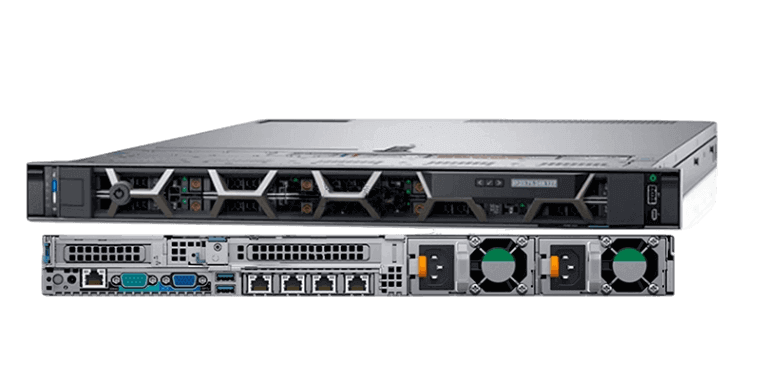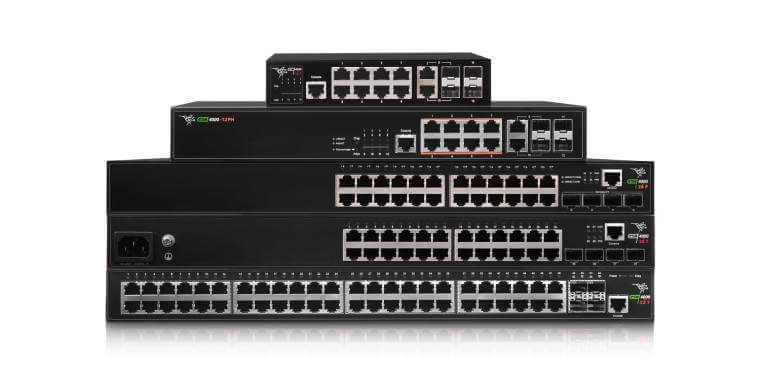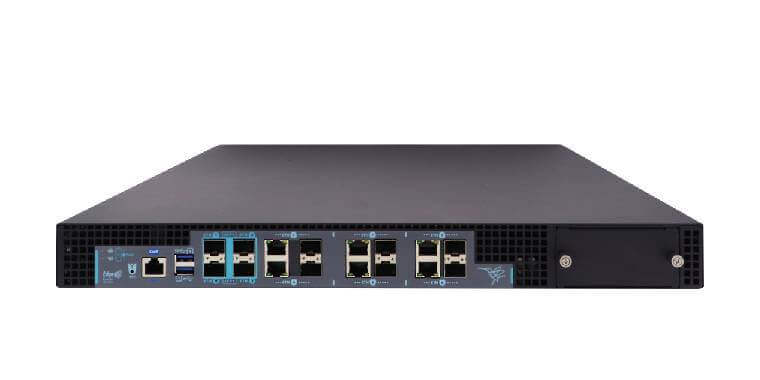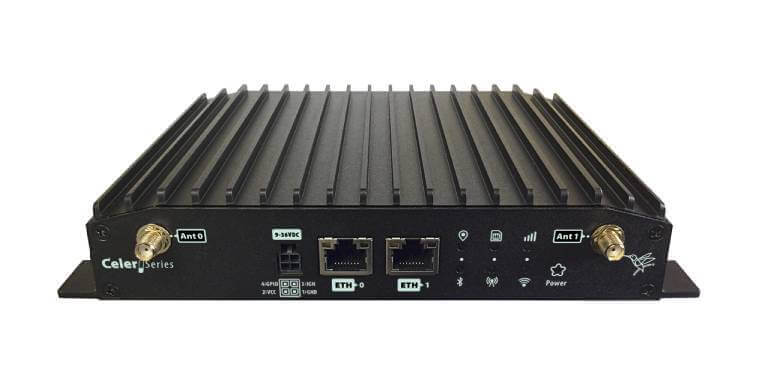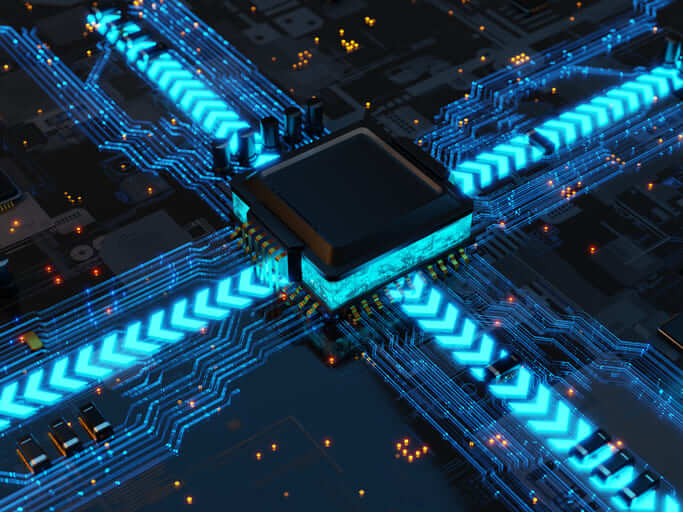The adoption of a private 5G network has become a strategic pillar for companies, public institutions, and operators seeking secure, high-performance communication infrastructures under their full control. Unlike public networks, a private 5G network combines the flexibility of wireless connectivity with complete control over management, security, and traffic prioritization. Its implementation allows each organization to tailor the network to its specific needs, ensuring reliability, low latency, and maximum data protection.
Within such a private network, organizations can benefit from:
· 5G Resilience and operational continuity, ensuring connectivity even in critical environments.
· Advanced monitoring and segmentation, enabling isolation and protection of data flows according to their level of criticality.
· Service interoperability, allowing seamless integration of industrial, corporate, and IoT systems.
· Built-in security, featuring real-time intrusion detection and prevention mechanisms.
· Modular and scalable architecture, adaptable to projects of any size.
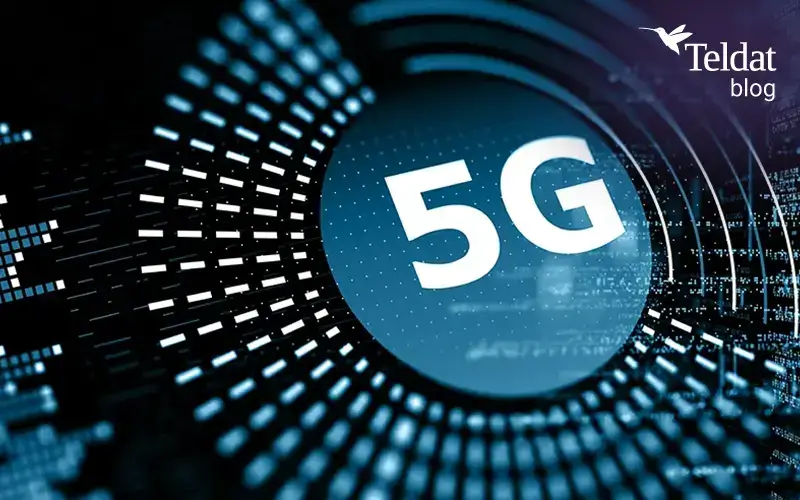
Key Use Cases of a Private 5G Network
1) Industry 4.0 and Production Environments
In factories, refineries, and power generation plants, private 5G networks play a vital role in monitoring and controlling industrial processes in real time. Direct connectivity to sensors and industrial controllers enables task automation, production data collection, and early detection of anomalies before they impact operations. This supports predictive maintenance, enhances energy efficiency, and minimizes unplanned downtime. Thanks to their low latency and high data capacity, private 5G networks ensure reliable communication even in environments with a dense concentration of connected devices.
2) Public Transport and Smart Mobility
In transportation systems, private 5G connectivity enables precise and secure coordination between vehicles and infrastructure. Buses, trains, and transport fleets can transmit real-time operational data from cameras, ticketing systems, GPS trackers, and mechanical sensors to central control centers. Data traffic segmentation ensures that each service maintains the required connection quality, while built-in cybersecurity functions safeguard communications against unauthorized access. This enhances operational efficiency, shortens maintenance times, and improves safety for both passengers and operators.
3) Financial Services and Smart ATMs
Private 5G networks are a key enabler of secure financial transaction processing. In ATMs and bank terminals, this connectivity supports real-time operations with robust protection against cyber threats. Devices can process images and biometric data locally, reducing reliance on external servers and minimizing the exposure of sensitive information. Furthermore, network segmentation allows financial communications to be isolated from maintenance or management services, ensuring privacy and reliability for every transaction.
4) Retail 4.0 and Commercial Digitalization
The retail sector is leveraging private 5G networks to create connected, intelligent stores. From communication between payment terminals and inventory systems to video analytics that track customer behavior, the network supports high data volumes with minimal latency. This enables personalized offers, automated ordering, and optimized use of space in stores and warehouses. Moreover, integrated security safeguards personal and transactional data, ensuring compliance with privacy and cybersecurity regulations.
5) Smart Cities and Critical Infrastructure Management
Private 5G networks form the backbone of smart cities, connecting thousands of devices across the urban environment. They enable the efficient management of lighting systems, surveillance cameras, weather stations, and electric vehicle charging points. These networks also support the monitoring of energy, water, and transport systems, delivering real-time insights to support informed decision-making. The combination of low latency, high capacity, and network isolation ensures the secure and reliable operation of critical infrastructures such as electrical substations and transformer stations.
6) Logistics, Ports, and Airports
In modern logistics, private 5G networks enable greater automation and improved traceability. In warehouses, ports, and airports, high-speed wireless connectivity links cranes, drones, autonomous vehicles, and management systems. Data is processed at the edge, reducing the need to transmit large volumes to central servers. This improves operational coordination, optimizes resource usage, and ensures a rapid response to any incident.
Technical Benefits of Private 5G Networks
- Network slicing: allows the creation of independent virtual segments within the network, each tailored to a specific service or application—such as video, voice, or industrial control.
- High reliability and availability: achieved through redundancy mechanisms like multi-SIM, link aggregation, or automatic failover.
- Edge processing: minimizes latency and offloads the core network by executing tasks locally.
- Flexibility and scalability: supporting large-scale deployments with automated provisioning and remote management.
Private 5G networks are a cornerstone of digital transformation across sectors such as industry, transport, banking, retail, and urban management. They provide secure, scalable, and fully controlled infrastructures capable of meeting the connectivity demands of mission-critical applications.
Ultimately, private 5G networks not only ensure reliable communication but also transform how organizations operate, analyze data, and make real-time decisions—paving the way toward a more dependable, autonomous, and sustainable digital ecosystem.
At Teldat, we design and develop advanced 5G and network slicing solutions for both carriers and end users. Teldat’s 5G equipment enables the deployment of secure, resilient private networks with built-in edge processing capabilities. Their technical capabilities make them ideal for corporate, industrial, retail, transportation, warehouse, ATM, and remote or hard-to-reach environments.






